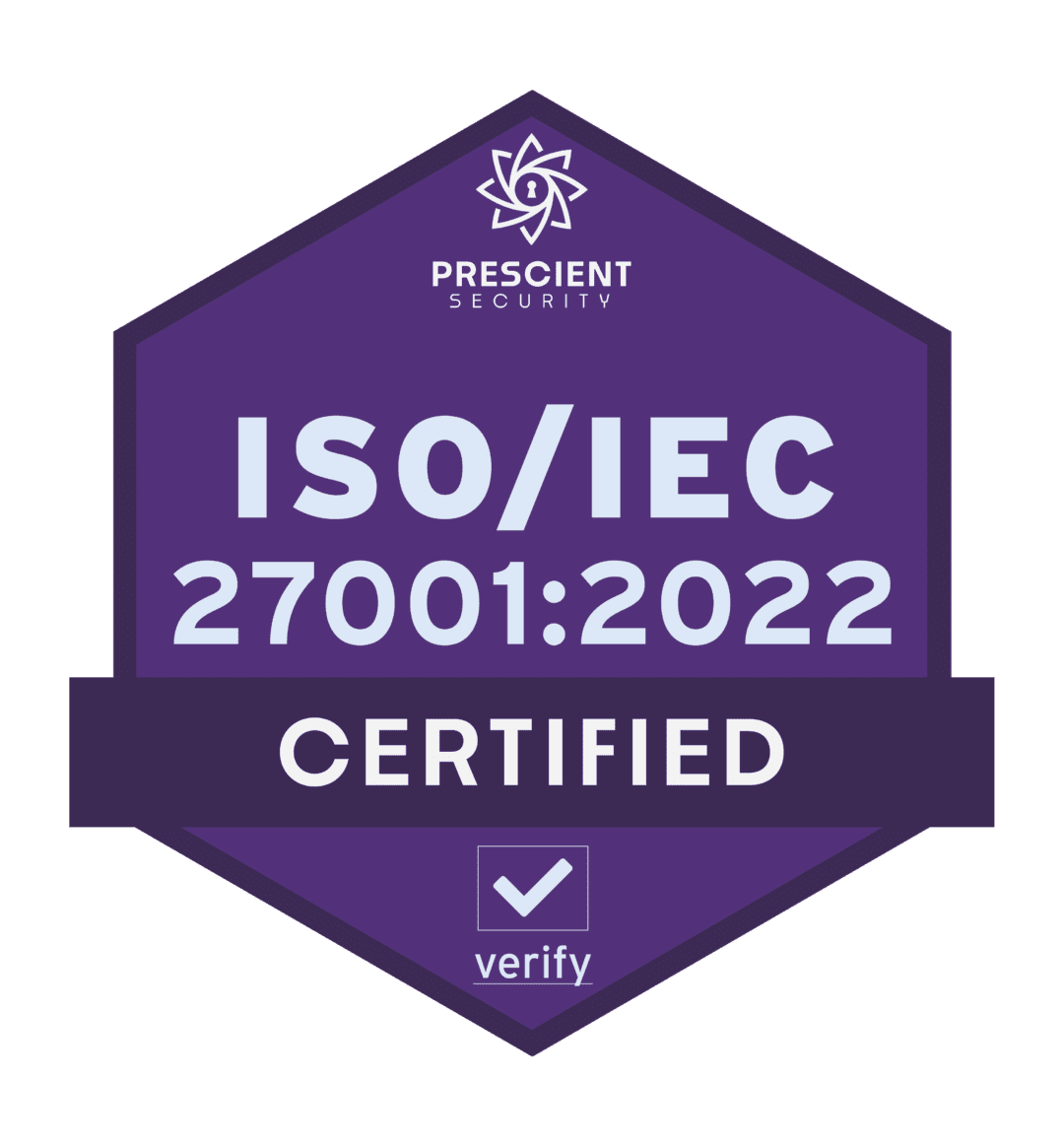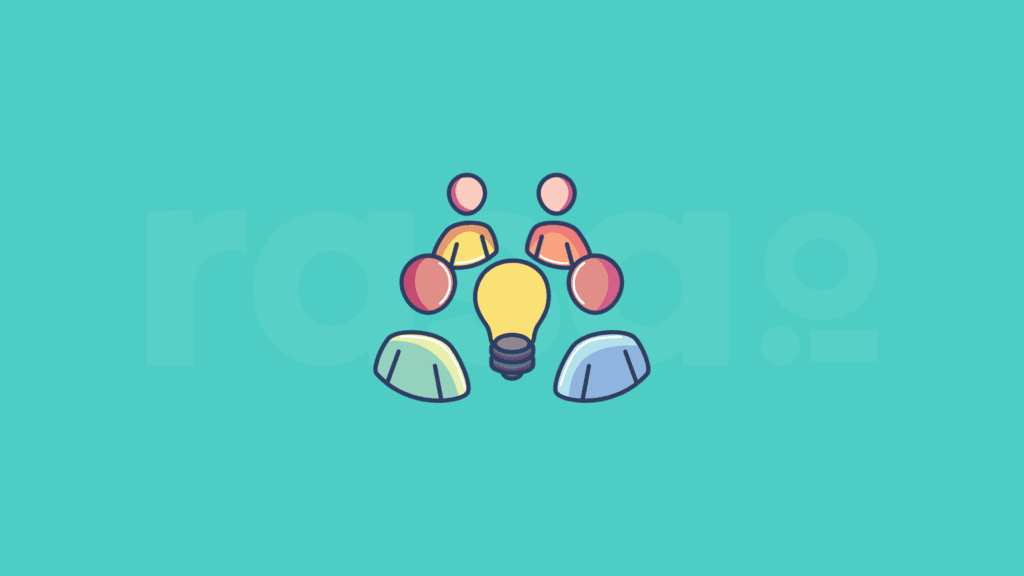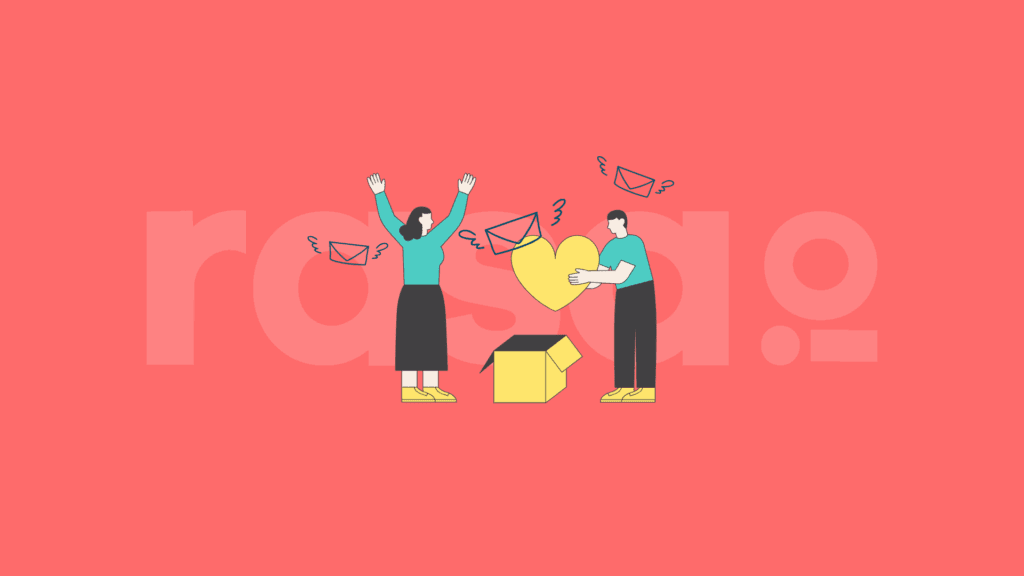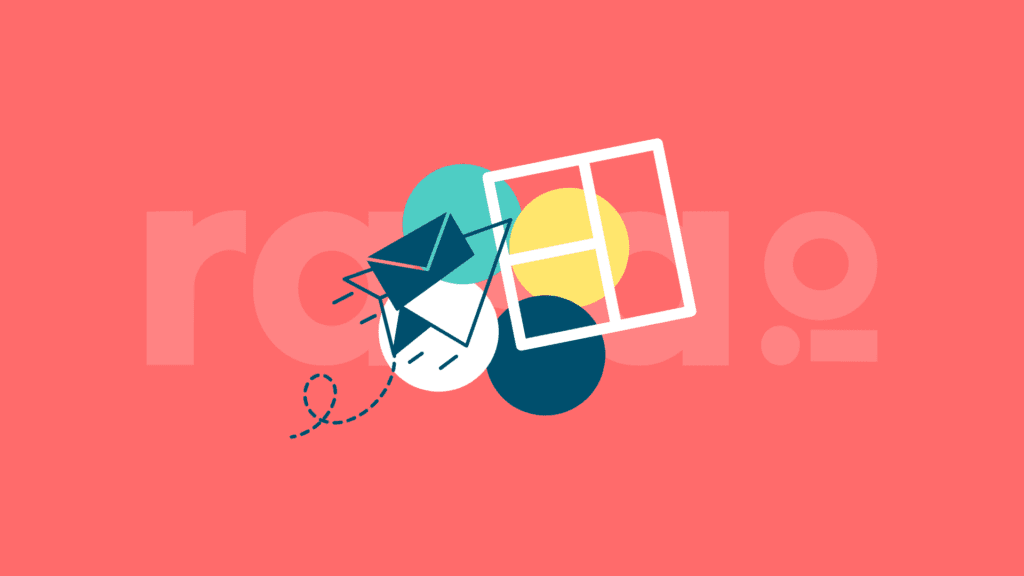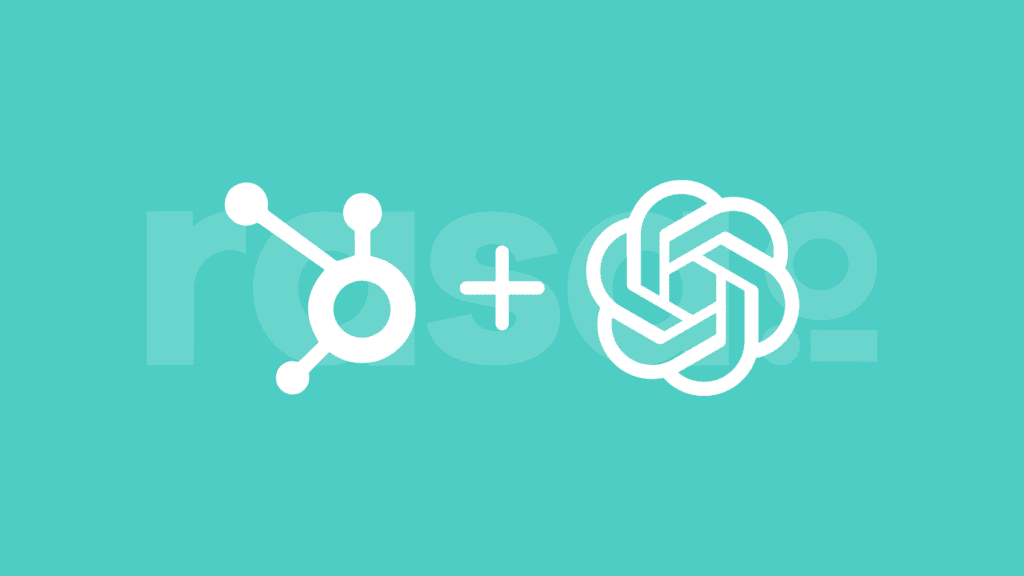Bill Macaitis
In this episode, we welcome Bill Macaitis, a marketer who is committed to taking a customer-centric approach in everything that he does. Bill has led marketing at Slack, Zendesk, and Salesforce and he talks about how he has used email to authentically engage B2B customers.
For him, email marketing is more about adding value than making a sale, playing the long game of educating and entertaining the audience to gain their trust and build relationships. Email offers the exciting opportunity to connect with prospects on a highly personalized basis, and he talks about the part that technology continues to play in fine-tuning this engagement. During his time at Slack—the company that notoriously ‘killed’ inter-office email—Bill and his team still effectively leveraged this channel to grow their business and keep customers updated with the latest developments in the company. He also gets into their strategies for getting feedback from customers, how he manages to prioritize the human aspect of email, and how multitouch attribution can help you stand out from the crowd.
Bio:
Bill Macaitis is an advisor and board member, guiding aspiring unicorns and helping build innovative go-to-market strategies. Over his 20 year career Bill has powered growth at three of the fastest-ever growing companies: Slack (CRO/CMO), Zendesk (CMO), and Salesforce (SVP of Marketing).
Key Points From This Episode:
- Find out what Bill’s earliest email marketing experience was like.
- The one-to-one connection that makes email marketing so effective.
- Bill shares about using catchy subject lines and being a customer-centric marketer.
- The evolution of the email channel from spray and pray to content that adds value.
- Thoughts on whether marketers today still struggle to put the customer first.
- How new software helps marketers to be more thoughtful and build better relationships.
- Learn about the benefits of multitouch attribution in an overly competitive world.
- Bill explains how he and his team leveraged email marketing at Slack (the email killer!).
- Creating content that does not necessarily sell but educate and entertain the audience.
- Get some insight into the thought processes behind email newsletters at Slack and Zendesk.
- How Bill ensures that he always considers the human side of email communication.
- Examples of how they have managed to elicit responses and feedback from customers.
Tweetables:
“At the end of the day, that one-to-one connection I thought was just so powerful and there’s just an immediacy that comes from it—it’s a personal connection.” — @bmacaitis
“I’m a big customer-centric marketer. So, what that means is, everything I do, I think about what is the experience going to be for the average person.” — @bmacaitis
“You’ve got to be able to stand out, and I just think through the email, through content, through tone of voice, those are all opportunities to differentiate yourself and provide value.” — @bmacaitis
Links Mentioned in Today’s Episode:
Episode Transcript
Bill:
Throughout my career. I spent about half on the BDC side and half on the B2B side and as a marketer. You’re always going to look at what are the available channels that I can use to reach my audiences, engage with them, you know, provide value to them. It’s just one of those time tested channels that you can engage in a dialogue and have these conversations with the, with your prospects, with your customers. And so I think, you know, at the heart of it, email has always been an incredible tool. I mean, obviously the ROI is there, not paying large CPMs to send this out, but it’s just one of those great channels that can be used for great and use for good. And they can enrich those conversations. It can be a incredible experience if you do it in the right way.
Bryan:
From rasa.io, the free tool for sending smarter and better email newsletters. This is Pushing Send, a show featuring people who send emails, their subscribers actually want to read. I’m Bryan Kelly, and on today’s show how an executive who’s led marketing at Slack, Zendesk, and Salesforce has used email to authentically engage B2B customers. Here’s Bill Macaitis explaining his earliest email marketing experience. Was there a time early in your career when you first discovered email as a powerful communication channel? Tell me what that experience was like for you.
Bill:
Once I was working with a company called Clip Photo and I was a big, I love taking pictures, you know, like giant digital camera back then. Wasn’t quite the nice slim line phone that we have now that we take all of our pictures. But so Clip Photo was a photo sharing site and you could post your photos there and get digital prints of them or physical prints of your digital pictures. And I was working on the marketing side and we wanted to improve the site. And I remember I want to send out a survey and I just sent it, you know, the subject line was quick question like, Hey, I’m Bill and I run marketing here, club photo, you know, would you mind telling me what are the one couple of features that you would like to see, or even which ones would you pay for? Cause we were kind of launching a subscription program and I was just amazed, blown away by how many people just took the time to write personal notes back about obviously the stuff they want to see, but also just the personal stories of how the site had helped them out and save their memories and all the connections they’ve made from it. And at the end of the day, like that one to one connection I thought was just so powerful. And it’s just an immediacy that comes from it. It’s a personal connection and it was personalized. Right? You know, it wasn’t just like, I don’t like the emails where you send it out and it’s just like this generic thing that could have been sent to a thousand people. You know, that’s where I think you start getting into the spam side of the equation. But for me that was a good example of like, you know, a one-on-one of personalized or I told them, Hey, here’s who I am and here’s what I’m looking for. And then they told me back their stories. And I just thought that was a really enriching experience.
Bryan:
I think the subject line, you said you used for, this was quick question, that’s one of the best subject lines. You can have in an email. People are like, huh?
Bill:
It really was a quick question. I was like, Hey, you know, what would you like to see? You know, I’m a real person, you know, that’s the other thing I found like, cause I, you know, it’s Slack and it’s unnecessary. We I’m a big customer centric marketer. So what that means is everything I do I think about like, what is the experience going to be for the average person that’s using our services that’s a customer. And I think in marketing a lot of times, especially with email, right? We think of it more in terms of, alright, well, if I sent out 10 million of these and 0.0, zero 1% respond, then I’ll still make a profit, right. Even though I just annoyed 99.999% of my people. So the customer centric side of it is I think is a great lens and it’s a great angle because it kind of thinks about, well, are you adding value? And you know, to me, that’s where I see kind of the whole email channel evolving is that it’s shifting from kind of this spray and pray to more of a, Hey, are you creating kind of unique content and value that you can deliver to your customers, and enrich their lives and nurture them. And at Slack and Zendesk we found too that people don’t hear about us once and buy us, you know, when you kind of dive into the geeky multitouch attribution modeling, you find that, you know, people would interact with this 5, 10, 20 times before then they would finally try out the product. And so in that kind of longer journey, you really have to think about like how you can build a relationship with people, how you can deliver value to them, how you can educate them about your space. You know, ultimately like email was just one of those perfect channels for it because it allows you to have those one-on-one communications.
Bryan:
From my observations and what I’ve learned about your career. It seems like one of the key tenants to your marketing philosophy is putting the customer first. Do you see this as more common today or do you see marketers still struggling with that?
Bill:
I think the evolution of software has forced more people to think about that end experience, because if you think about it for a long time software, you know, that’s a space I’ve been for the last 10 years was sold in a very on-prem way. Right? You buy it once and that’s it. And any of those worlds starts moving to Sasol software as a service or cloud. And then you kind of any of these recurring payments during billing that you go out and you know, what that means is you can’t just kind of pressure sell and get them to buy ones. Cause that’s it, you have this ongoing relationship with you where they’re paying you every year, every month, whatever it is. And it’s gotta be more about the value deliver. You know, I had this experience where I bought a lot of software as a CMO. And what I found out was that when you buy software, if it’s kind of a crappy experience, he didn’t have a lot of people like, you know, overselling you and really pushing hard and you know, pressure selling. And when you finally go to the website, you’d have to fill out this giant form before you hear anything. And you know, after you bought it, you know, you get assigned one, one 10th of a customer success person. And it just was like this horrible experience. And, but it ran contrary to this idea of like, Hey, if you want to run a successful business, you really need to think about lifetime value. You have to think about people that are going to recommend your site. I mean, organic word of mouth should always be the number one source of growth. And to do that, you know, you got to provide value, you got to provide a good buying experience. And so I love this idea of like where you, especially all the marketers out there that I think are leveraging, they’ve invested a lot of money on the content marketing side will take advantage of all that content. Right? And think about how you can deliver it to your prospects, to your customers, right? Can you do it in a one on one way, even a personalized way. And you know, in the past that was really expensive and hard to do, but it took, you know, teams to put together, but you know, there’s the new wave of software coming out, allows us to be automated and AI, and you take this massive repository of content that maybe have in house, or maybe it’s outside of you, but it’s still helpful to your prospects and customers, right? The software then kind of looks at the individual and what they’ve looked at the past and it can build this super helpful content and information and knowledge to them, right? And you’re building this incredible relationship and you’re not even really having to do anything. I think that’s where I see a lot of the trends going toward. And it’s just a, it’s a really powerful way to develop that relationship with someone.
Bryan:
Now I’ve previously heard you reference a method of marketing with email that evaluates the impact of each touchpoint. Talk about how that applies here.
Bill:
There’s this concept of like multitouch attribution and it’s this idea that people don’t just see you and buy you in one step, right? Like this is what it’s going to take, you know, multiple interactions to move them through the funnel. And even once they bought from you, right? Like, are they going to buy more, stay with you or are they going to recommend you? So I like the companies and the people that take the time to really dive into that multi touch attribution because it allows you to go like, Hey, these emails that I’m sending, maybe everyone doesn’t have to have a giant buy me now, 20% off CTA on it, right? If you have the proper technology and backend that you can say that, Hey, I noticed that the groups that we sent really helpful content to, and we sent it over the course of a couple months, ended up buying from us and buying from us a lot more with a higher ASP and a bigger deal size than the group that we just sent 10 emails to. But every single one was just by me now, by me now, didn’t provide any type of helpful, valuable content or feedback, shake interacting. Are they getting value? You know, it’s a very similar paradigm, but you know, with these things, it’s just, you gotta be helpful that the world is just too competitive. There’s too many companies in every single space, there’s dozens of companies selling essentially what you sell. So you gotta be able to stand out. And I just think, you know, through the email, through content, through tone of voice, like those are all opportunities to differentiate yourself and provide value.
Bryan:
When we come back, how Bill was able to leverage email marketing at Slack, a company known for being the biggest threat or killer to business, email communication. I’m Bryan Kelly, and you’re listening to Pushing Send from rasa.io.
rasa.io:
Creating email newsletters takes a lot of time. You might curate articles, write content, tweak your template, and look up metrics and not to mention you’re probably doing all of this once a week. well at rasa.io, we said enough and built a free tool to simplify the process, which saves you time. It also uses AI to personalize emails for each subscriber based on their interests. That means they get stuff they like to read. Want to see how it works? Visit www.rasa.io and click how it works.
Bryan:
Welcome back to Pushing Send, I’m Bryan Kelly. Bill Macaitis is a marketer. Who’s committed to taking a customer centric approach in everything that he does. He has a keen ability to truly understand the human side of any marketing strategy or tactic. And Bill also loves hearing from customers and seeking out their input for how to make a software product better. Here’s Bill explaining how he and his team members handled email marketing at Slack and Zendesk. Let’s talk a little bit about your time at Slack and ironically the word Slack and email killer have gone hand in hand. Now the idea appropriately applies to the types of interoffice communication that plagues all of us, but email marketing is different. So how are you and your team leveraging email marketing?
Bill:
You know Slack was an incredible experience. And I think it spoke to how communications has evolved and changed. You know, in Slack, ultimately, you know, you want to be able to have people that you can work on a team and communicate effectively. But you know, one of the things we found at Slack was, Hey, people use email and they love email, and they’re still going to use email and we would use email marketing at Slack, right. To go out and to reach people just like any marketer would, right? You’re going to look across all the channels on how are people communicating and how can you deliver messages to them and how can you enrich them and provide value and knowledge. So, you know, for us at Slack and we did the same thing at Zendesk, we, I was a huge content marketer, a believer again, I just liked this idea of good content, you know, content that isn’t, brochureware, here’s a piece of content, but it’s basically just saying why our company’s awesome in 10 different ways and why you should buy us. Like to me, that’s not really helpful content. I like content that educates you, that talks about the space that tells you fun stories that you get to hear about what different customers are doing. I remember our most popular piece of content was what are the top 10 interview questions for hiring customer support reps? And it turns out a lot of people in customer support, like, you know, there’s a lot of customer support people out there, right. And they have to hire a lot of people. And, you know, even though the article maybe took a half an hour to write up, I mean, I think we just, we went over to our head of customer support and said, Hey, when you interview people what questions to ask? Right. And, you know, we tried to do that at Slack too. We tried to create a lot of content on the future of work and where it’s going. We created, you know, a podcast on just all the different trends of how teams work together and some of the amazing things they did and it was helpful. You know, we didn’t really mention Slack that much, but ultimately it was great content. And, you know, and when we leverage that content, yeah, we would send it out via emails, via Slack, via podcasts. Again, it’s kind of just where people are, but you know, the nice thing about email is, is it has a beautiful simplicity, but everybody you know, has an address. It’s easy. There’s very little friction to send it out. It’s relatively low cost, but at the same time, you know, again, our lens on it was, Hey, let’s marry all this incredible content we’ve been creating and how can we send it to people and what is the right nurturing? And when’s the right drip and how can we send these on the right newsletters and make sure the contents there. And that was what was hard, right? Cause I think in the past we just didn’t have, the technology wasn’t out there where it was hard to do very personalized letters that would leverage all of this content and put it in a more digestible form. And I think that’s the big changes in trends that I’ve seen in the last couple of years.
Bryan:
So going beyond email nurturing, tell me what your email newsletter was like at Slack or even Zendesk. How are you approaching those?
Bill:
I mean, the newsletter, to me has always been just one of those key staples, right? It’s your communication to your customers, on occasion prospects too, you know, it’s a newsletter, the idea is, Hey, you have this connection that you can reach out to a group of people and tell them what’s going on, right? And again, I think some companies use that as an opportunity to go, Hey, here’s our latest sale or here’s why you should buy us. I used it more of like a longterm game approach for say, Hey, we want to provide value. And so we’re going to all this content we are creating, you know, we’ll send Salesforce and Slack. Like let’s put this into a digestible format and let’s send it to people. The hard thing that I experience was over time, you know, when you send out a newsletter, generally sending out to a very wide audience, but you know, some people might be interested in that piece of content, but some people might not, we didn’t really have the technology to help us more personalize that newsletter. And then also I think that’s marketing one-on-one right. The more personalized and relevant you can make it for more someone’s gonna, you know, use it or buy it or whatever it is. Right. And so I think that was kind of cool when the tech started coming around, that you could do a little bit more personalization with it and leverage all the cool AI that’s out there to do this type of stuff. That’s where it seems really start to change.
Bryan:
As you described in your earlier story about the quick question email, seems the key is an ability to understand the human aspect of what communicating through a powerful medium, like email is all about. And it seems like you’ve done this well. So I’d like to hear how you ensure this was happening.
Bill:
It’s an area I’m pretty passionate about. And I think, and if we can take a step back, I think most of the people listening are, we’ve all used a lot of different business software, right? And I don’t know about you, but I think 90% of the business software I’ve used has been hard to use. Not fun. It feels very sterile and bland and everything is okay. And you know, it’s not fun and last time I checked people don’t like using stuff that’s not very fun. And so I think, you know, one of the things we tried to do at Slack in particular was to make software that was fun, easy to use. And, and we tried to take those, those core values of the company that you mentioned them there around courtesy and empathy and in craftsmanship and we tried to infuse some personality into it. And so one of the steps we did, you know, specifically in talking about emails, the first thing we did was we kind of codified our editorial tone of voice. And we said, Hey, we have these values as a company around courtesy and empathy, but you know, specifically what is our total tone of voice? And so from there we said, Hey, we want it to be human. Like we never want to use acronyms because I think we’ve all had their way using software and they just start dropping as acronyms. And you’re just a new user learn if you’re like, I don’t know what the heck you’re talking about, right? Like we said, we never want to talk down to people. We want to have it be a little witty, a little fun. And then we did something different where, you know, we said, Hey, how can we actually infuse these into the product and into our communications? And so if you ever use Slack, like a fun thing is next time your mobile app gets updated, actually look at the release notes for it. And every single one is like custom read and we try to make them funny. And that was a good example of like, I think there’s those opportunities everywhere. So think of like how many emails you’re sending out and, you know, the opportunity to kind of put a little flair and some personality in there and make someone smile or make someone laugh, right? And not just have it be the sterile, right? Like sometimes I’ll get surveys from other people, you know, I get it where it sounds like it was just sent out to 10,000 people. You know, please tell us about your following experience. You know, you have to fill out a 14 page survey and you hit finish and you don’t even know if anyone read it or you don’t even know who even sent it. You know, it’s kind of faceless. And I just think like for us, we try to use email is a medium to when we would engage with our customers or prospects, you know, that they learned a little bit about Slack. They learned a little bit about who we were and how to have a little bit of fun and to laugh and smile. And ultimately I think, again, the brands, some of, all of these different experiences, like those experiences in those emails are really important and you need to delight people and make them smile. And I think that’s just, you know, for us that worked, that was a way that allowed us to differentiate. Not saying every company should do that or need to do that. But just you know, in our particular instance that helped set us against the 20 years of other collaboration tools out there that weren’t fun to use that were hard, that everything came across sterile. And you know, this was an opportunity to add a little bit personalization and some fun to it.
Bryan:
For these various email communications, like the drip sequences and the newsletter. Would you get responses from people who’d reply back to those messages? Like how did that work? What were some of the specifics you recall?
Bill:
Yeah. So good example is as much as I just ripped on the 15 page survey, I love hearing from users and I want to hear how we can improve. So we did a lot of net promoter score surveys. In those surveys, part of why I like NPS is it’s one question it’s not like you’re asking, you know, 12 pages worth of um, but you know, I would always same thing in those that would go like, Hey, my name’s Bill, you know, like I lead up marketing here at Slack, can you help us out and maybe fill this out? And I’d always tell him like, Hey, I read every one of these. You would always hear from people about, you know, what, they’re looking for, Slack, how can we improve? But also just their stories behind it. And we have it set up where I would go in and look at it. We have triaged has set up to where, if someone responded and asked for feature, you know, he gets to the product team. If they had a technical question, you know, and that’s something too, right? Like a lot of times with email when you reach out as a brand to someone, no matter what the communication going out, a lot of times, it’s like, you’re just saying like, Hey, how’s it going? And so suddenly people would just read that particular thing, but sometimes it’s like, Oh, actually I have a problem. Right? Can you help me out? And you know, those are the worst too. And you get those emails where it’s like, Oh, this, this list is not monitored. And do not respond to this. Even though they’re telling you something, you’re like, well, wait, I have a question. Like, no, no, it’s nothing like that, right? So I think we always try to be just really cognizant about, Hey, we’re having a communication. This is a real person. Whether we’re talking to them in person, whether it’s in the product, whether it’s via email, you know, we want to recognize a real people. We want to spend the time to, you know, hopefully make him laugh or smile. You know, when they do say hi back, like let’s respond to them. I just thought, I don’t know. That’s the type of software I would want to use. And I think what we tried to mimic that.
Bryan:
The numerous challenges bill has faced as a leader within fast growing companies has truly shown him how adhering to brand values and authentic way can lead to trust and rapport with both future and current customers. These people deserve our time and thinking about ways we can make them laugh or smile so we can engage with them more deeply in a real dialogue. Coming up on our next episode, we’ll hear from Brennan Dunn, the founder of double, your freelancing, who teaches over 50,000 freelancers and agencies, how to make more money. Kurt Elster mentioned Brendan back in episode one of season one, he described some unbelievably fascinating ways to harness the power of email with automation. So you won’t want to miss Brennan’s story. I’m Bryan Kelly, and you’ve been listening to Pushing Send from rasa.io.







